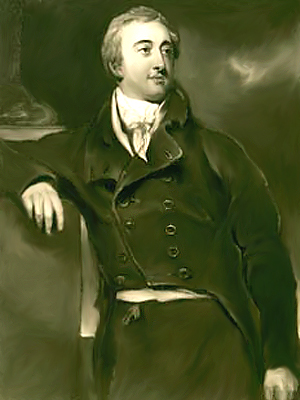 Legal System in Modern Bihar was administered and managed on a systematic way. Bengal, Bihar and Orissa were governed on a system established by Warren Hastings and Lord Cornwallis but with the growth of the empire it was thought necessary to introduce such administrative system as would bring the officials into close touch with the people.
Legal System in Modern Bihar was administered and managed on a systematic way. Bengal, Bihar and Orissa were governed on a system established by Warren Hastings and Lord Cornwallis but with the growth of the empire it was thought necessary to introduce such administrative system as would bring the officials into close touch with the people.
In 1818 the Governor-General was also the ex-officio Governor of Bengal and his title was the Governor-General of the Presidency of Fort William. In 1833, he became the Governor-General of India. In 1854 Bengal, Bihar, Orissa and Assam were styled as the Lower Provinces of Bengal and were placed under the charge of a Lieutenant Governor without a council. The Governor-Generals were generally overburdened with the tasks of administration and expansion. Already in 1826, Malcolm had urged upon the separation of the duties of the Governor-General from that of the Local Government of Bengal. By the Act of 1833, the Governor-general was empowered to appoint a member of his council to be deputy Governor in his absence.
During the time of Lord Cornwallis, Bengal Subah was divided into sixteen large districts which were later on brought under systematic management. The Magisterial and Police control of a district was vested in Judge-magistrate in 1818. The Police administration was supervised by four Superintendents posted at Kolkata, Dacca, Murshidabad and Patna. In 1829, Lord William Bentinck appointed Commissioners of Revenue and each Commissioner was kept in charge of a division embracing several districts. He also held circuit Courts and supervised the district administration. In 1831, the sessions work was transferred to the District Judges and Magisterial power was transferred to the Collector. The post of a deputy Collector was legally established in 1833 and that of deputy-magistrate in 1845. Lord William Bentinck is also credited with creating the post of a joint magistrate.



















